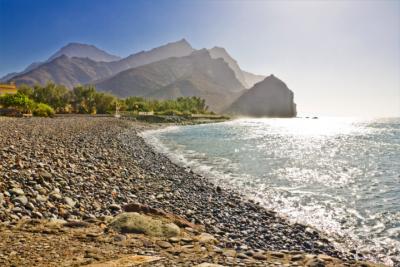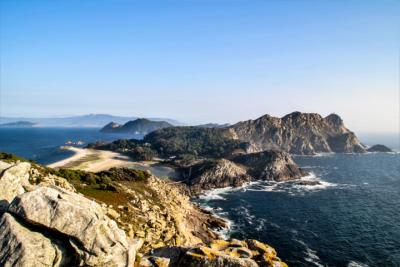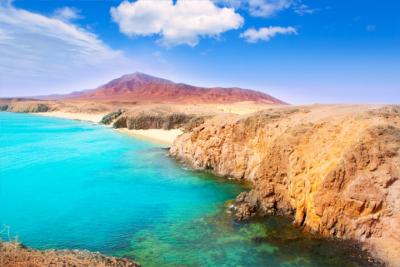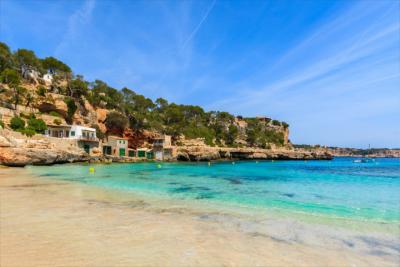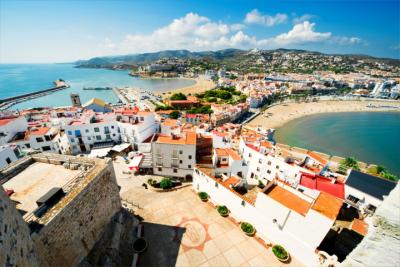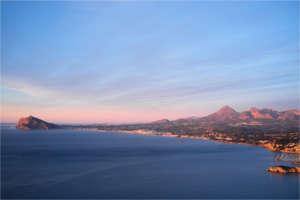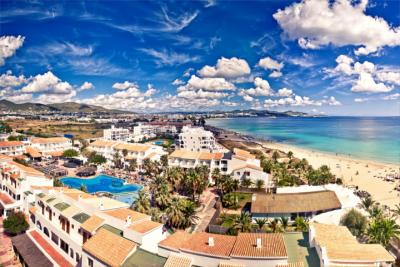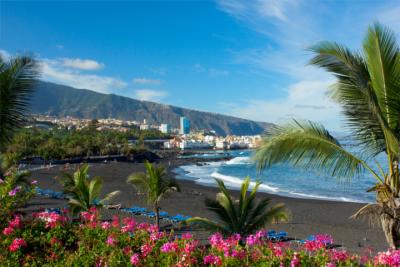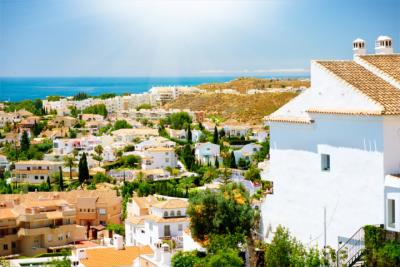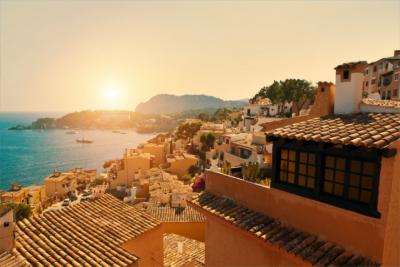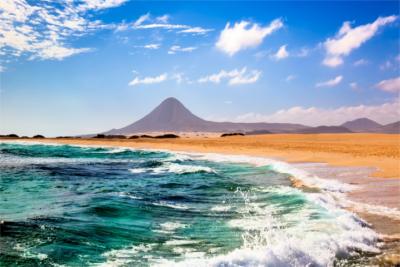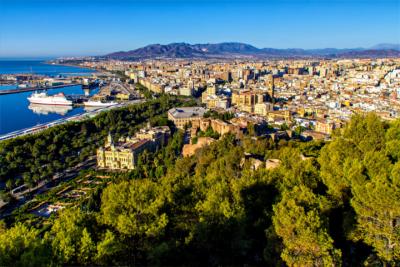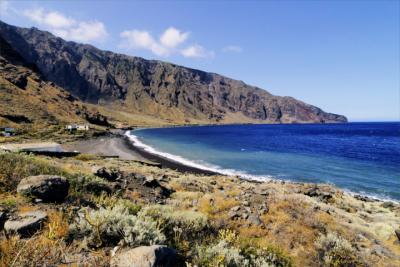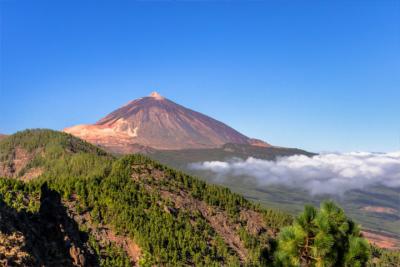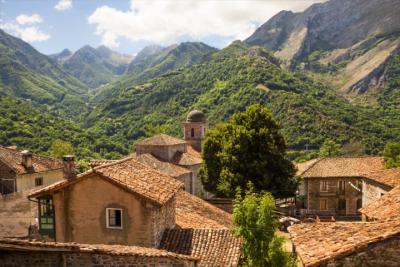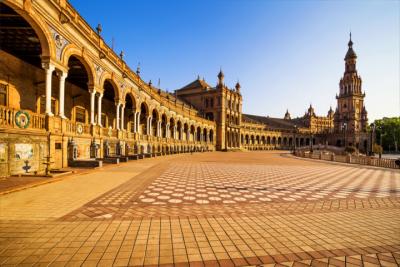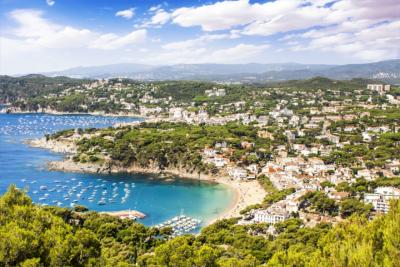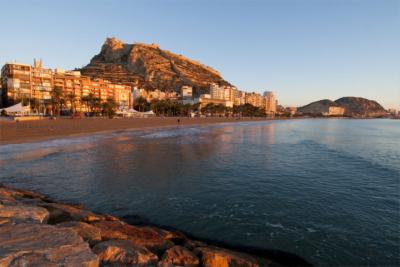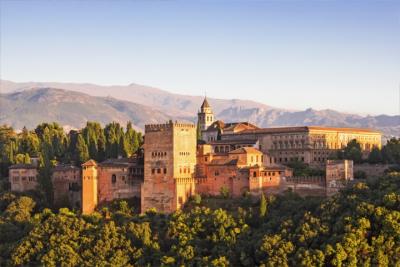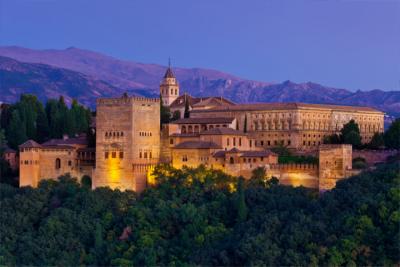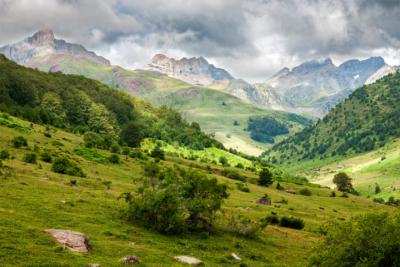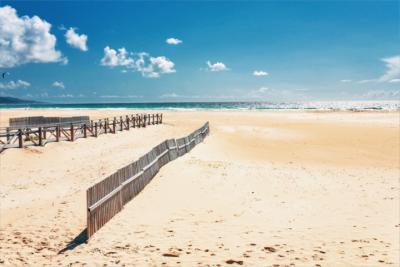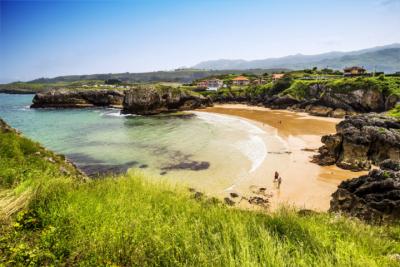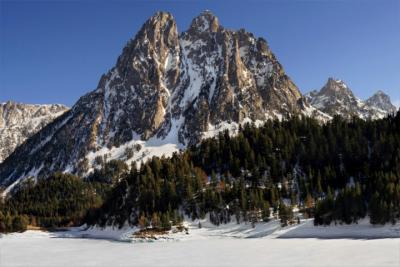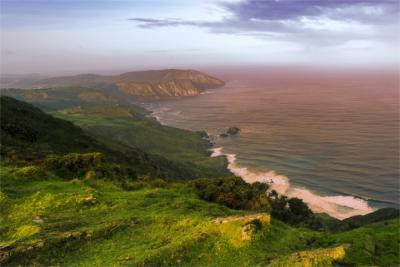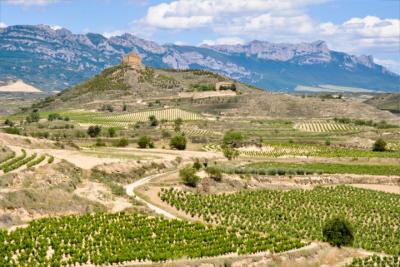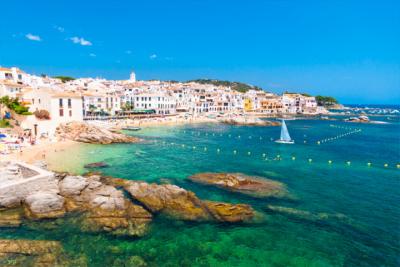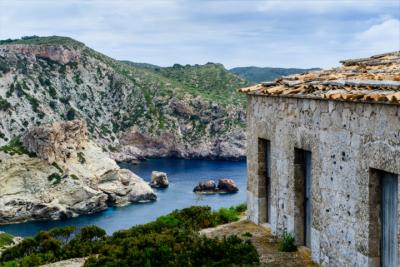Travel Offers
Travelmyne Featureprint
Distance
Asturias - A Green Natural Paradise at the Coast
The region Asturias makes nature lovers' hearts leap for joy. Green meadows, harsh coasts and breathtaking mountains characterise the landscape. With cheese, cider and bagpipe music, the region does not conform with any Spanish cliché.
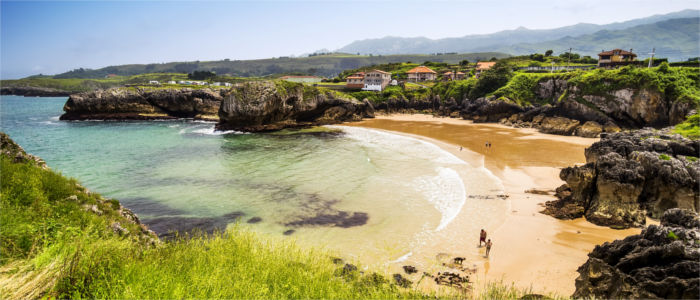
Geography - Along the Cantabrian coast
Asturias is one of the 17 Spanish autonomous communities and lies at the Cantabrian coast. The region borders on Galicia in the west, Cantabria in the east a Castile and León in the south. With an area of 10,000 km², Asturias is the tenth biggest region in Spain. Due to its geographical position at the Cantabrian Mountains and the coast, Asturias' climate is humid and temperate with a lot of rain and pleasantly warm temperatures throughout the year.
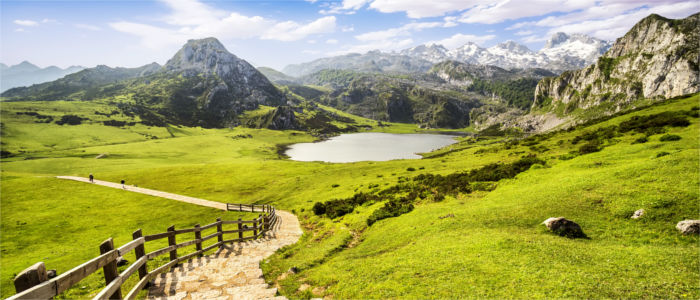
Nature - Mountain landscape near the coast
The community of Asturias is located in the middle of the green Spain, at the Costa Verde (green coast), and displays an impressive and diverse natural landscape. Altogether a third of the region is protected. The Asturian landscape can be divided into mountainous and coastal areas. The coastal landscape resembles South England or Ireland, only with much milder temperatures. Rocky and steep cliffs with wonderful sandy beaches alternate with green meadows and pastures at the mostly undeveloped coast. Moors are very common on the rocks. That is why Asturias' coastal region is not only suited for bathers but also for lovers of nature. On a walk along the seaside you can watch the play of colours of the sea as well as native species of animals and plants. Due to the humid climate, many rare ferns and mosses (e.g. royal fern and hart's-tongue fern), beeches, laurel trees and hollies grow there. Besides the seabirds and lizards near the water, the meadows are populated by an exceptional variety of butterflies. Thanks to the quickly rising altitudes, it only takes a few minutes by car to reach the mountains, which constitute a real natural paradise. Beautiful mountain peaks and valleys offer hikers countless opportunities and a wonderful panorama. Especially worth mentioning is the Picos de Europa in the Cantabrian Mountains, a national park which extends over three Spanish communities. Between this national park and the coast you find the mountain chain of the Sierra de Cuera, which is the first section of sea towards the mountain peaks. The flora of Asturias' mountainous landscape is characterised by beech and oak forests (cork and holly oaks) as well as numerous pastures. The fauna of the Asturian mountains is of particular interest to bird lovers. Several species of birds such as the golden eagle, the Bonelli's eagle, the Egyptian vulture or the brambling populate this region. Wolves and bears ramble through Asturias' mountain forests. You may spot a bear in the wild on a walk along the bear trail, which is 22 kilometres long. If you are not lucky there, you can watch these animals in an open-air enclosure along the nature trail.
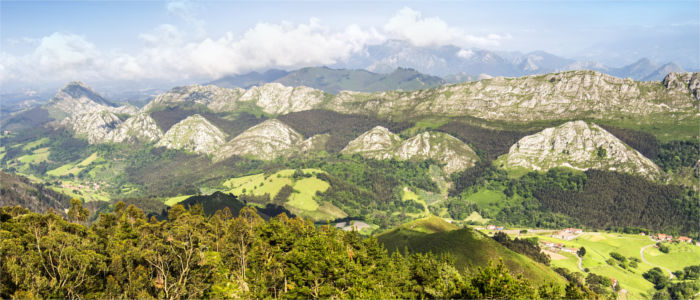
Culture - Pre-Romanesque cultural heritage and cave paintings
Asturias' mountain landscapes play a major role in Spain's history. In the 8th century, the Reconquista, the reconquest of the Spanish territory by the Christians, started here. That is why this region hardly displays any traces of the Moorish reign but holds pre-Romanesque cultural treasures instead. The unique buildings from the 8th to 10th century are part of the UNESCO World Cultural Heritage. The pre-Romanesque architecture is especially present in the city Oviedo and its surroundings, for example in the churches San Julián de Prados, St Mary at Mount Naranco (Santa María del Naranco) and St. Michael of Lillo (San Miguel de Lillo) as well as in the Basilica of Covadonga. Oviedo's cathedral and the university are also worth seeing. Other places you should visit are the coastal cities Avilés and Gijón with its Roman thermal baths, the district Cimadevilla and the botanic garden. Besides the pre-Romanesque art, there are many cave paintings which are over 25,000 years old and exhibited in different cave art museums. The Mining Museum in El Entrego is another interesting attraction and gives visitors an understanding of an important former source of income of Asturias.
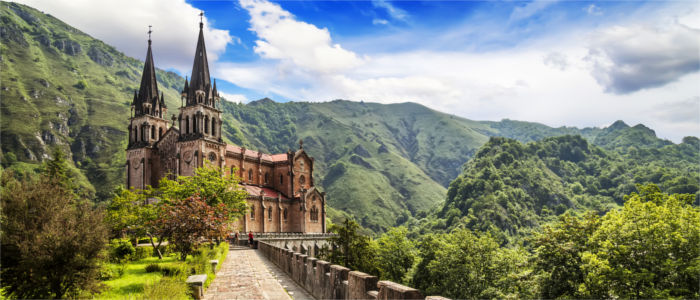
Experience - Meadow festivals, cider and cheese
The many remote mountain and fishermen's villages are characterised by a pleasantly calm and native atmosphere. They show the region's traditional way of living. Isolation is also the reason why many traditions and singularities have been preserved to the present day. Those who think of flamenco, olive trees, sangria and paella when they think of Spain, are put right in Asturias. Travellers encounter bagpipe music, green meadows, cider and cheese here. Fish, mussels and crabs but also beef and numerous kinds of cheese are characteristic of the Asturian cuisine. The best-known Asturian dish is the fabada, a savoury stew made of white beans and a lot of meat (bacon, black pudding, paprika sausage, a special type of ham called lacón). A popular local type of cheese is the Cabrales, a bleu cheese made from cow, sheep and goat milk, which is named after its place of manufacture. The Certamen del Queso Cabrales, a celebration at which the best local cheese is honoured, takes place in this region in August every year. Cider can be considered the national drink of Asturias and is a must for every visitor. You can taste the so-called sidra at a sidrería (cidre tasting), which is offered regularly. Asturias' nightlife - like that of other Spanish communities - is very lively. Pubs and discos offer opportunities for going out. A special attraction are the Fiestas de Prao, parties which take place on a meadow (prao) in summer.

Activities - Hiking and bathing holidays in one
Asturias is excellently suited for both bathing and hiking holidays. You can marvel at the wonderful seascape on a walk along the seaside or from the mountains. There are many panorama points in this region, which visitors can reach on foot, by bike or by car. Due to the temperate climate, hiking and biking tours are generally possible at any time of the year. Asturias is crossed by a part of the northern Way of St. James, which is an alternative to the highly frequented French Way (Spanish: Camino Francés) for many pilgrims. In addition, travellers can go kayaking on one of the numerous rivers and do winter sports in winter.
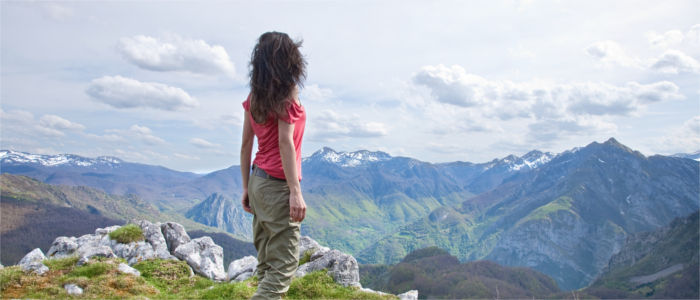
Information
Austuria's main airport (OVD) is about 47 kilometres away from Oviedo. Many national and international flights arrive here. You can reach the nearby cities Oviedo, Gijón and Avilés by bus but car rental service is also offered and popular with many tourists.
In case you are faced with the question "hiking or bathing holidays?": you can have both in Asturias. Visitors can bathe at the deserted beaches and wonderful bays of the harsh coast one day and enjoy the natural beauty of the Cantabrian Mountains while hiking on another.



